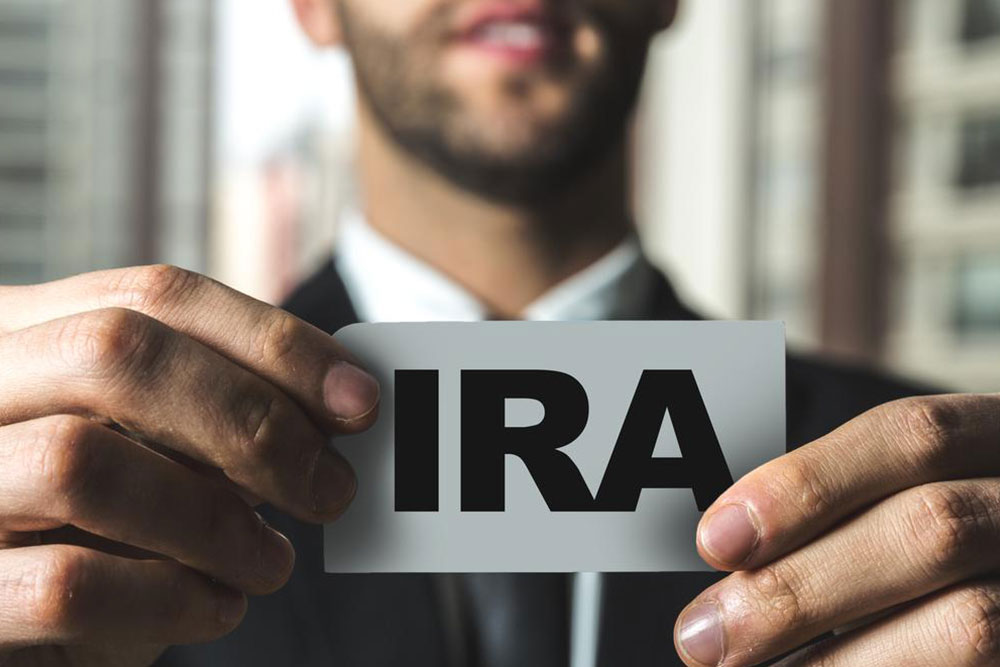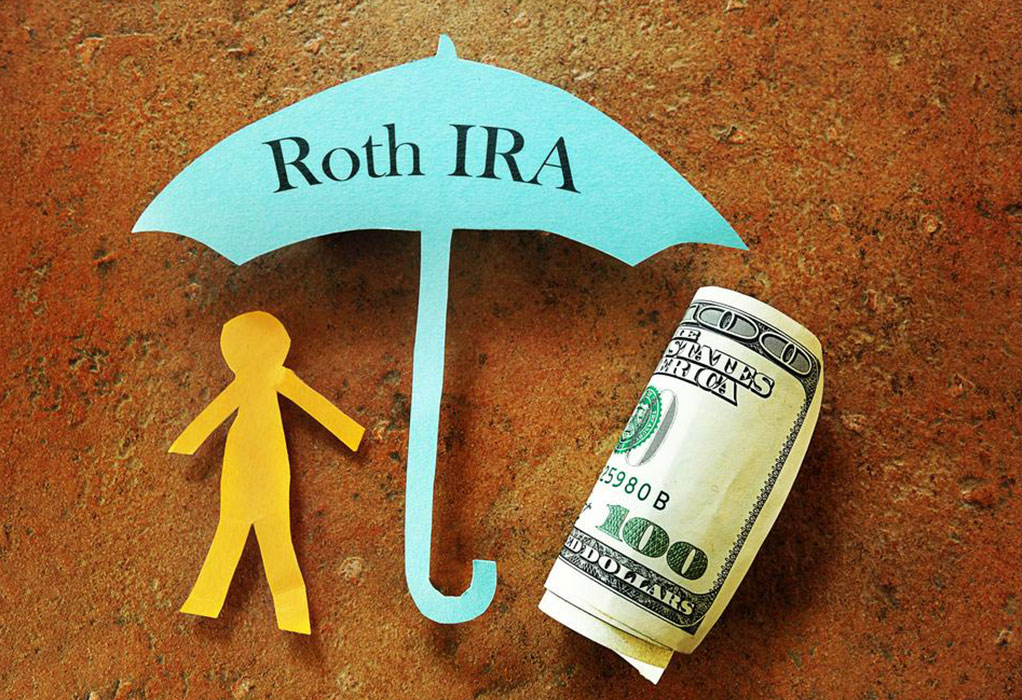Guide to Rollover IRA Choices and Strategies
This article provides an in-depth overview of Rollover IRA options, including transfer methods, tax benefits, and management tips. It guides you through the process of transferring funds from old retirement accounts to optimize your future savings and investment growth, highlighting strategies for choosing between traditional and Roth IRAs and options for self-managing your investments.
Sponsored

An Individual Retirement Account (IRA) encompasses various investment vehicles such as stocks, bonds, mutual funds, and specific retirement savings accounts. It serves as a key tool for building your retirement fund, enabling you to save and allocate assets for future financial stability. Common IRA types include Traditional, Roth, SIMPLE, and SEP IRAs.
A Rollover IRA allows you to transfer existing retirement savings from an old IRA or employer-sponsored plan, like a 401(k), especially when changing jobs or retiring. This transfer helps preserve your tax advantages and simplifies retirement planning.
One major benefit of a rollover is potential tax savings, as taxes apply only upon withdrawal, not on accumulated assets.
Three Main Rollover Methods
Direct Rollover
The transition is initiated by your previous employer’s administrator, transferring funds directly into your chosen IRA without withholding taxes. This process typically results in a traditional IRA account setup.
Trustee-to-Trustee Transfer
Similar to a direct rollover, this method involves the financial institution holding your funds transferring them directly to your new IRA account, avoiding tax deductions.
60-Day Rollover
You receive a lump sum from your old account and must redeposit it into your new retirement account within 60 days. Taxes may be withheld during this process.
IRS rules limit you to one rollover per year between the same accounts, with certain exceptions like conversions from traditional to Roth IRAs or trustee transfers. Carefully weigh your options—traditional or Roth—for seamless management. Self-managed investors can work with online brokers or robo-advisors, which use algorithms to optimize investment choices efficiently.






